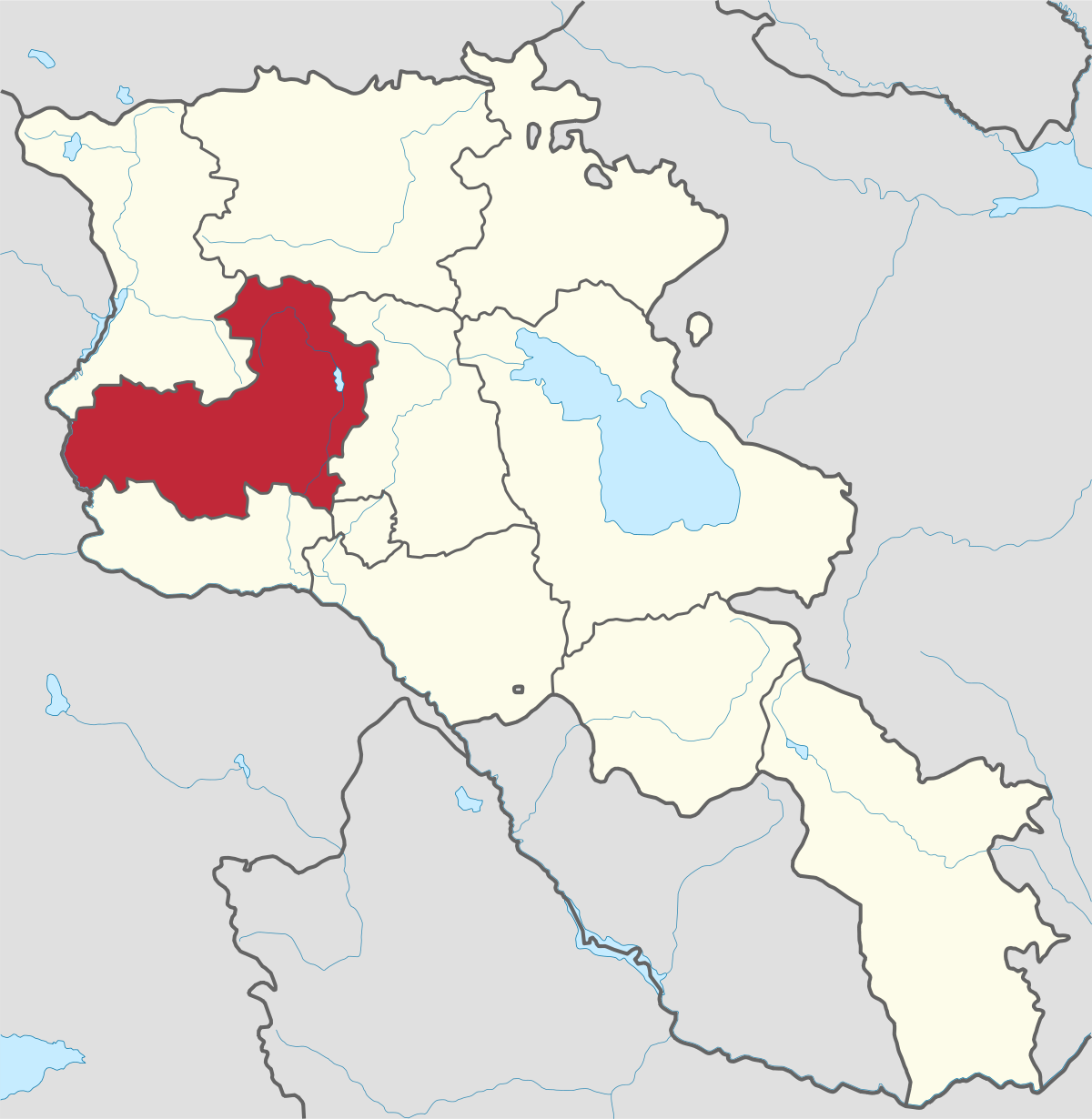
Aragatsotn Region
Aragatsotn is named after the massive mountain (4095m / 13,435 ft.) that hovers over the northern reaches of Armenia. This region is one of the...
Sanahin Monastery
The name Sanahin literally translates as "this one is older than that one", presumably representing a claim to having an older monastery than neighboring Haghpat. Sanahin was a major monastery in the region in the 12th-13th cc, known as a school of illuminators and calligraphers, as well as a college of religion, philosophy and science.
Monastery Complex
Sanahin Monastery is packed with ancient graves, darkened chapels and medieval study halls. The inner sanctum of the cross-shaped Surp Astvatsatsin Church (Holy Mother of God Church) is the oldest structure, dating back to 934. Its adjoining gavit is one of the later buildings, built in 1181. In its heyday, the monastery was renowned for its medical school.
The book depository and gallery is one of the most interesting buildings at Sanahin, showing a high level of civil architecture at the time. As a rule such structures were built away from the main churches, were square and had niches for keeping manuscripts, with special attention paid to the design of the roof.
At the southeastern corner of the library is a small church dedicated to St Gregory the Illuminator. The 11th-century Academy of Gregory Magistros is located between the two main churches. The cemetery, located to the southeast of the main buildings, contains a 12th-century mausoleum housing the Zakarian princes.
History
The monastery was subject to attacks from Seljuk Turks, who decimated the Bagratunis of Ani in 1064, harassing the area until the Orbeli kings of Georgia established rule and promoted the Kiurikians and Zakarians as new overlords, it becoming their particular patronage in the 12th- 13th c., receiving enormous amounts of income from the trade that coursed down the Debed River, a primary trade route from Asia to the Levant and Iran.
The Mongol invasion of 1235 destroyed Lori Berd and the nearby Akner fortress, meant to protect the monasteries, and captured Sanahin. Its decline was steady, as the Mongols were followed by Timur, the Safavids and the Ottomans, ending with the division of Armenia in 1578.
The Sanahin monastery briefly revived in the 18th c., when the dome over Astvatsatsin was built, and resumed its college, its students including the great bard Sayat Nova, who was born in Sanahin, the birthplace of his mother.

Aragatsotn is named after the massive mountain (4095m / 13,435 ft.) that hovers over the northern reaches of Armenia. This region is one of the...
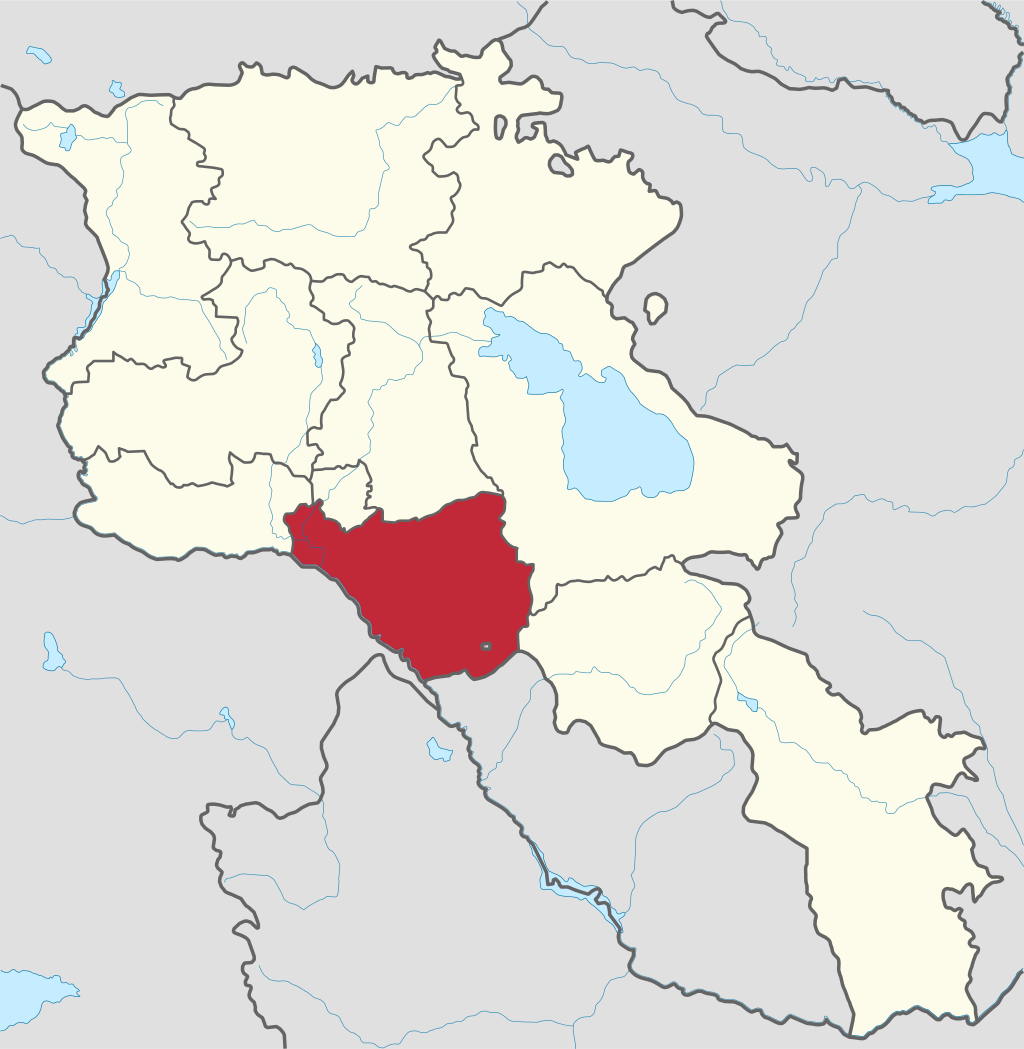
Ararat region is named after the biblical Mount Ararat which is mentioned in the Bible as a place where Noah’s ark has landed after the Great...
.png)
Armavir Region - Because of its Christian history the region is most famous for locals and Diaspora Armenians, who make pilgrimages to Armenia to...
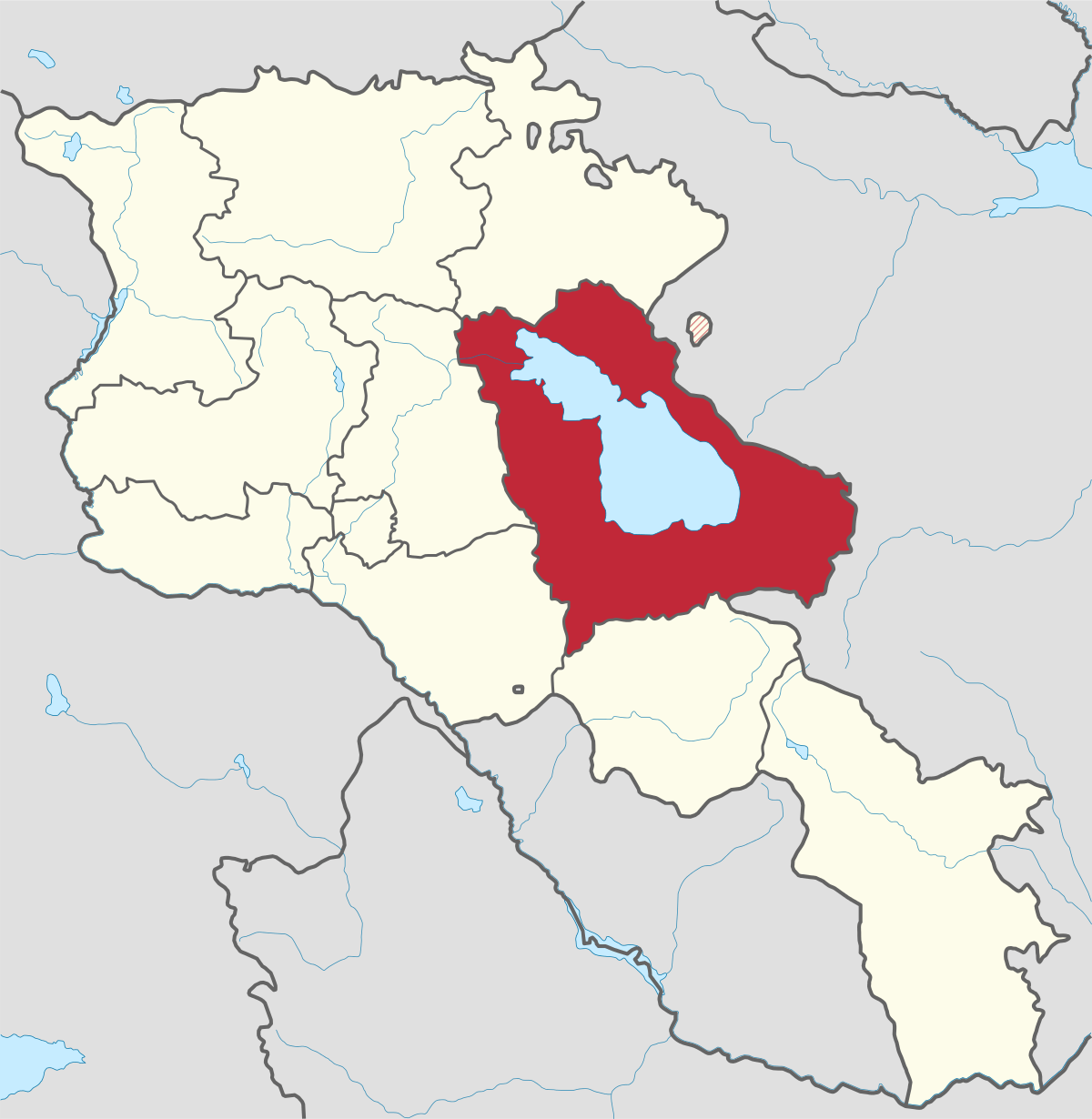
Gegharkunik ist die größte Region Armeniens, die an Aserbaidschan und die Shahumyan-Region der Republik Berg-Karabach grenzt. Ein Viertel der...
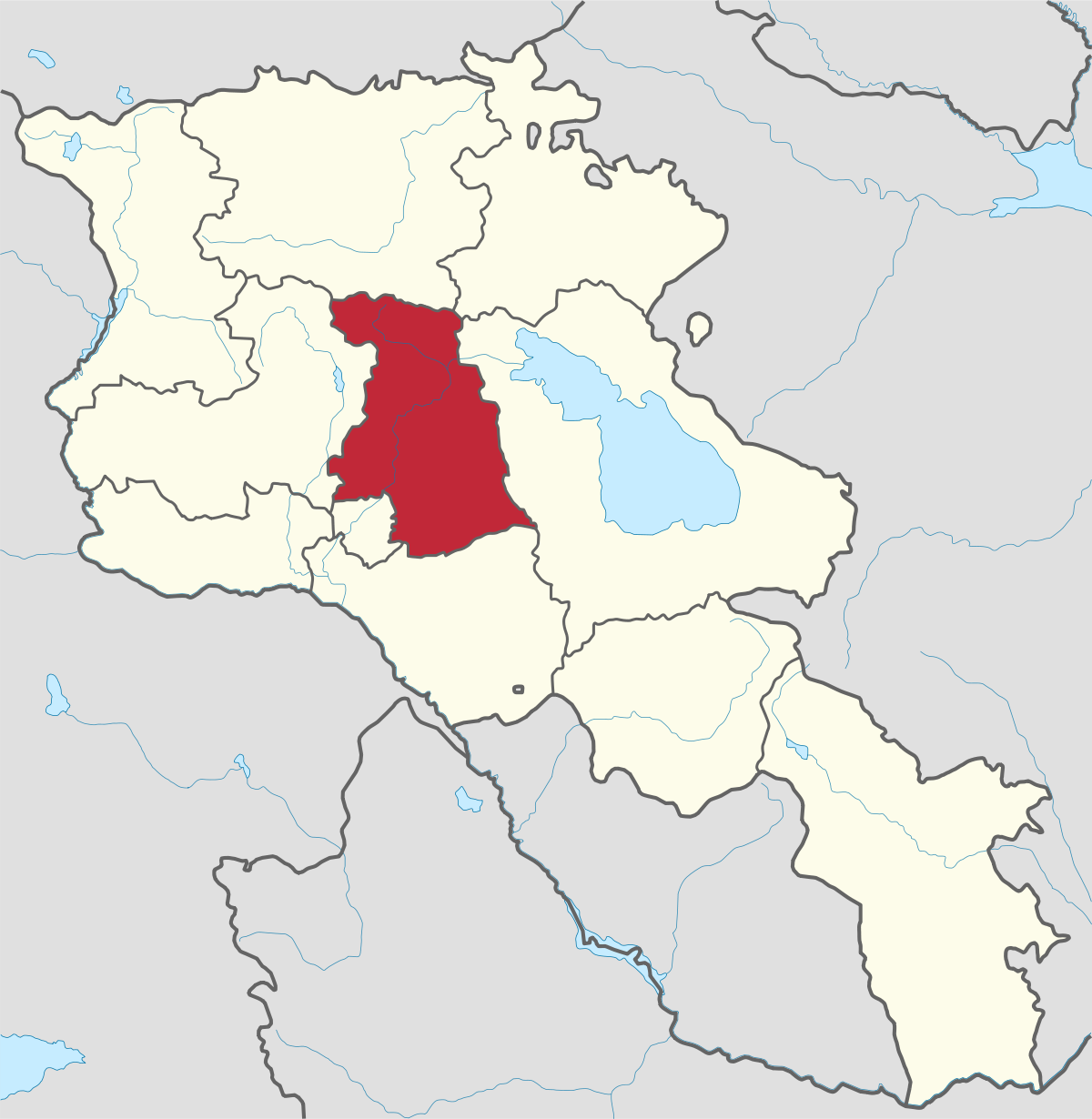
Kotayk region is located at the central part of the country and is home to many must-see sites in Armenia including the pagan Temple of Garni...
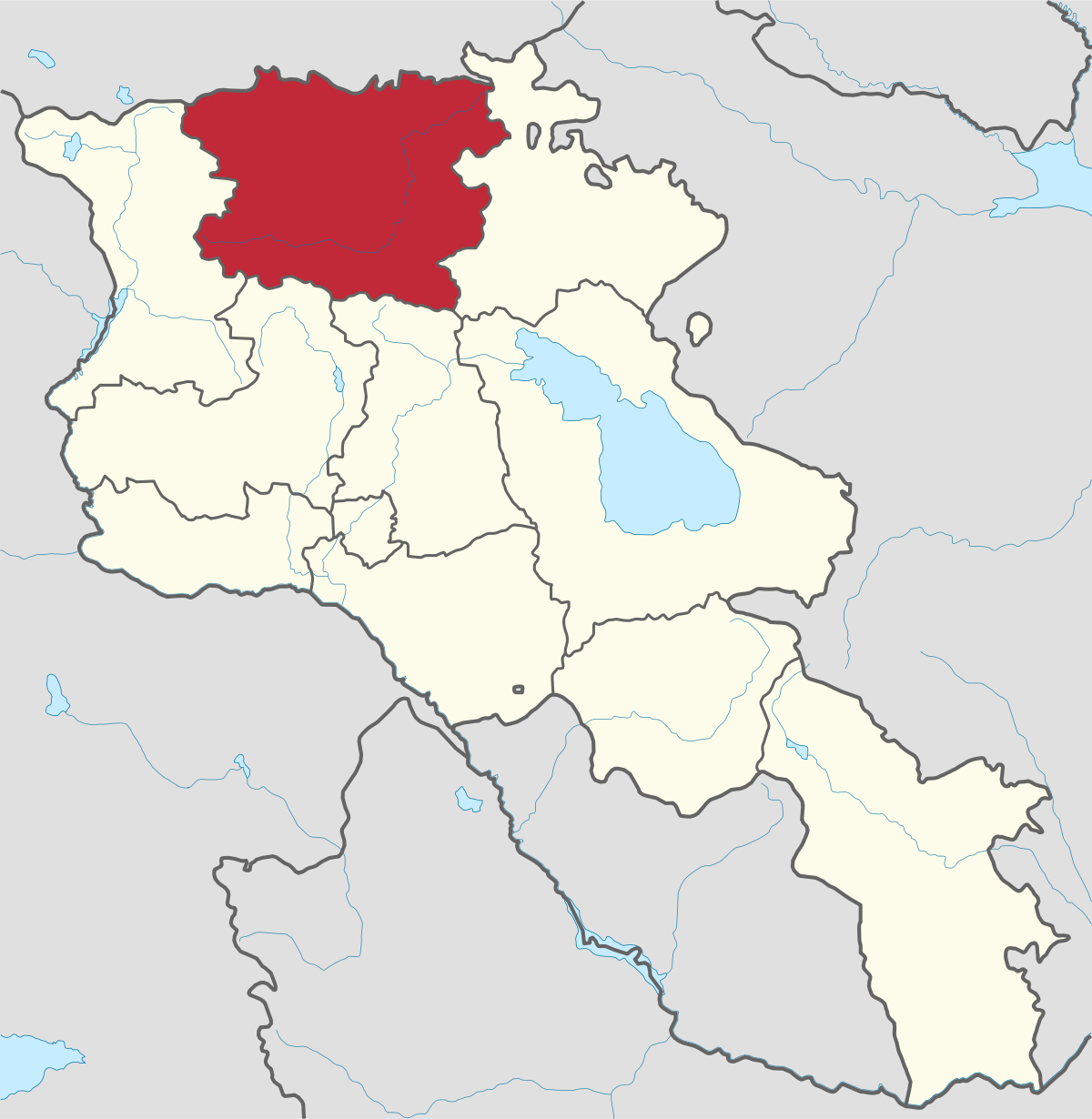
Lori region is in the northern part of Armenia, bordering on Georgia. It is considered Armenia’s greenest area, with more native forest land than...
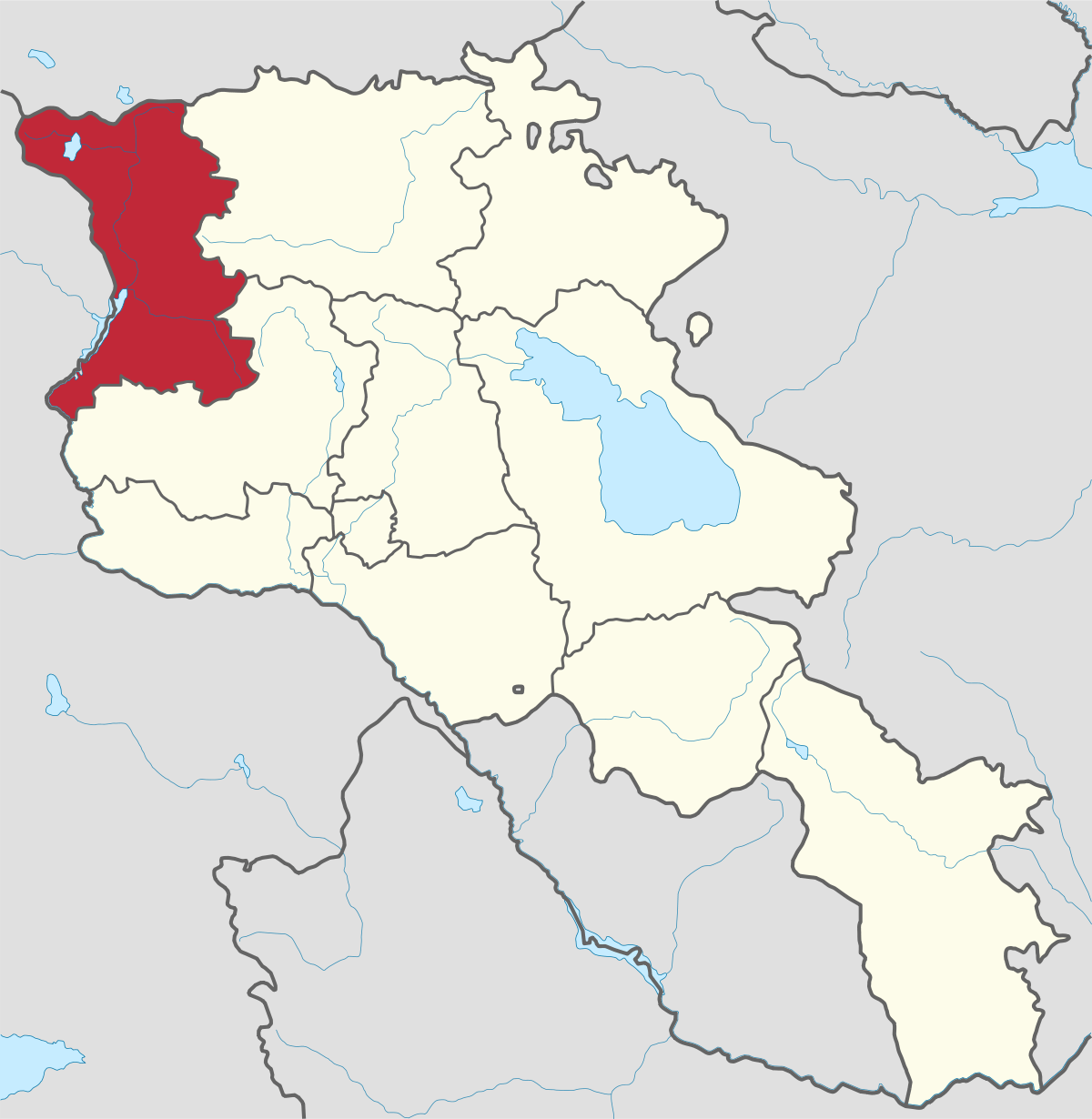
Shirak region lies in the north-west of Armenia. It borders with Georgia and Turkey. Shirak region is mainly dominated by the Ashotsk Plateau and...
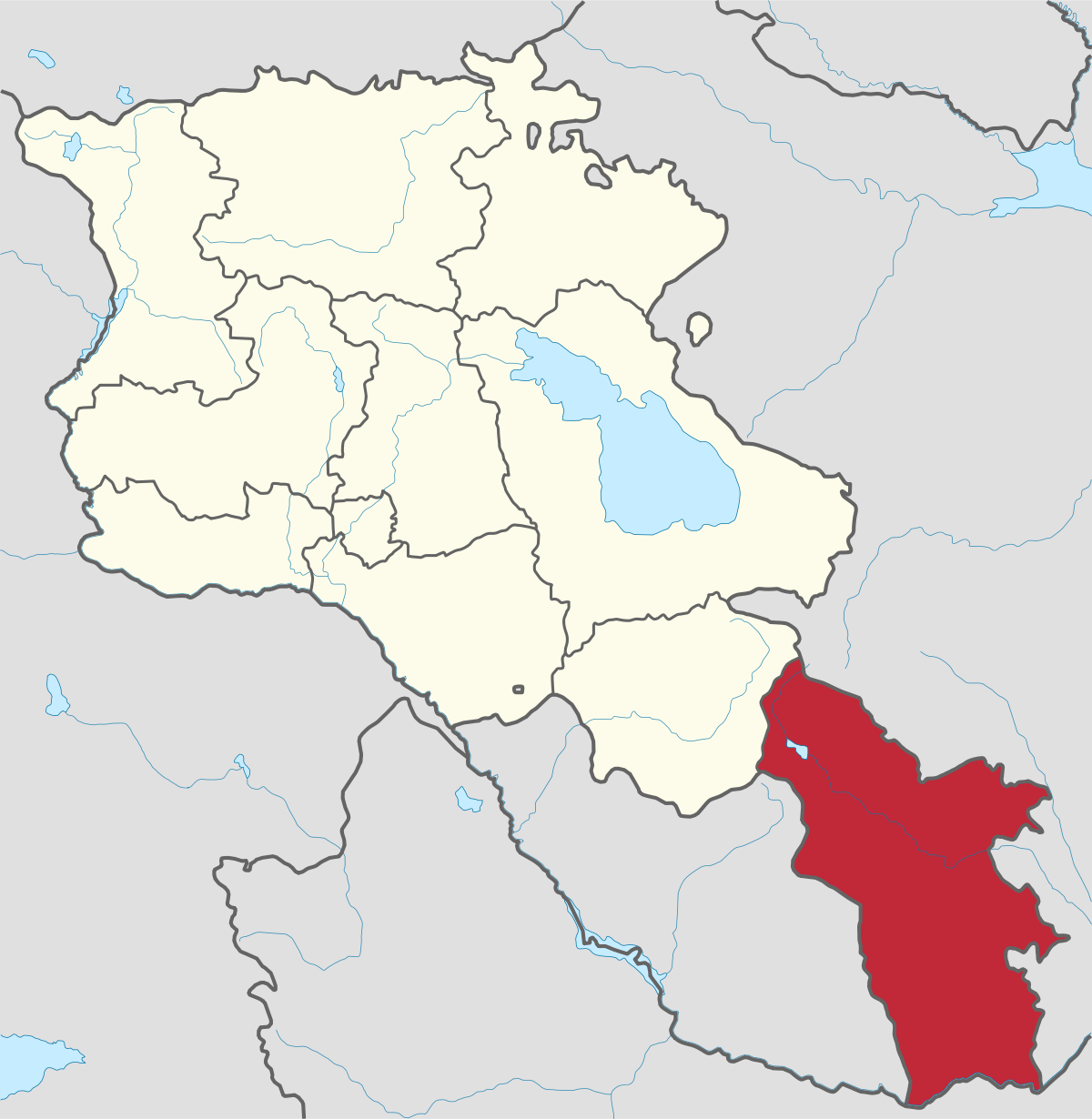
Syunik region- It is in the southern part of Armenia, bordering by Azerbaijan's Nakhchivan Autonomous Republic exclave, the de facto independent...
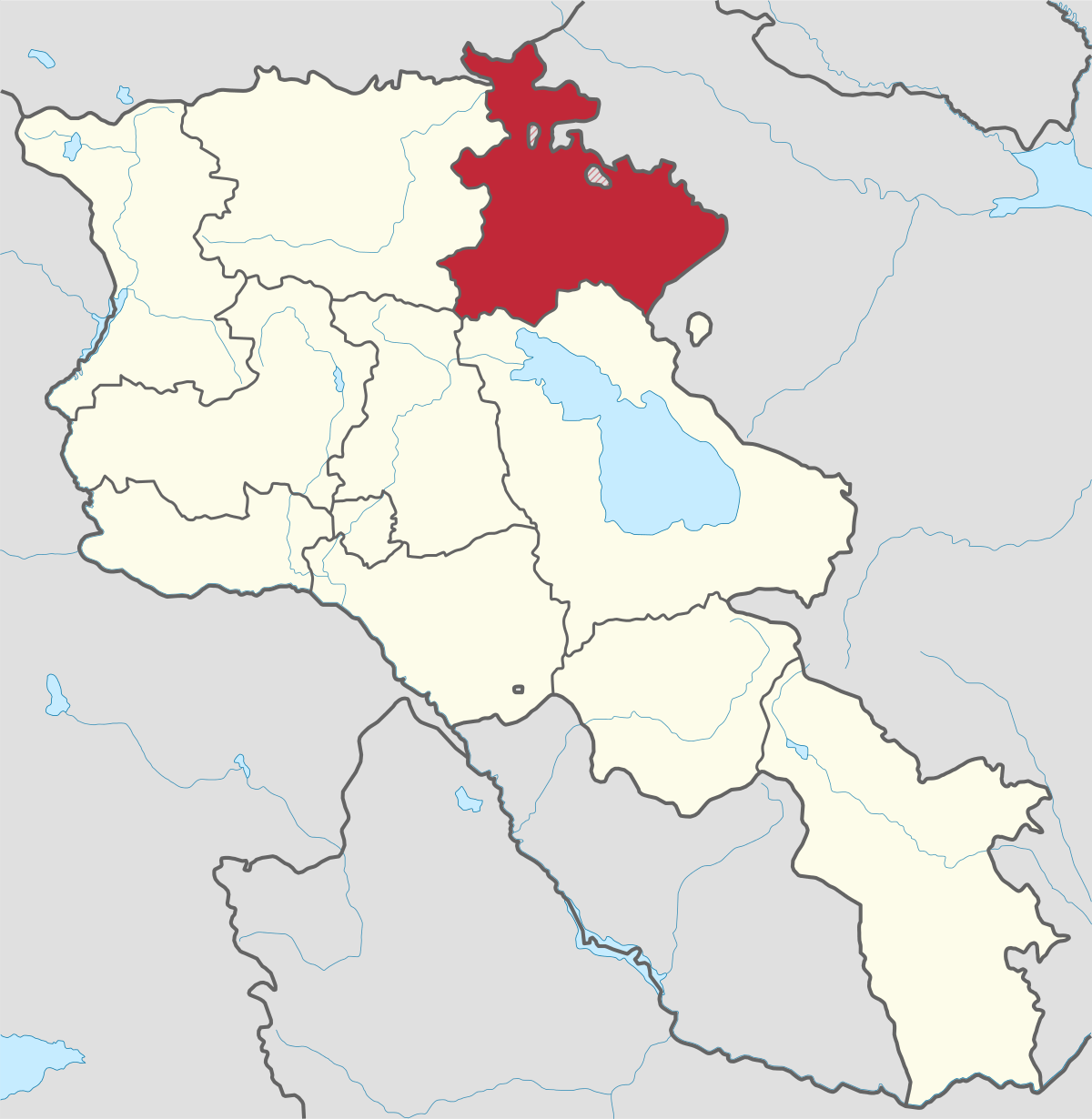
Tavush region lies in the Northeast of Armenia, bordering by Georgia and Azerbaijan. The territory is mainly mountainous and rocky hillsides...
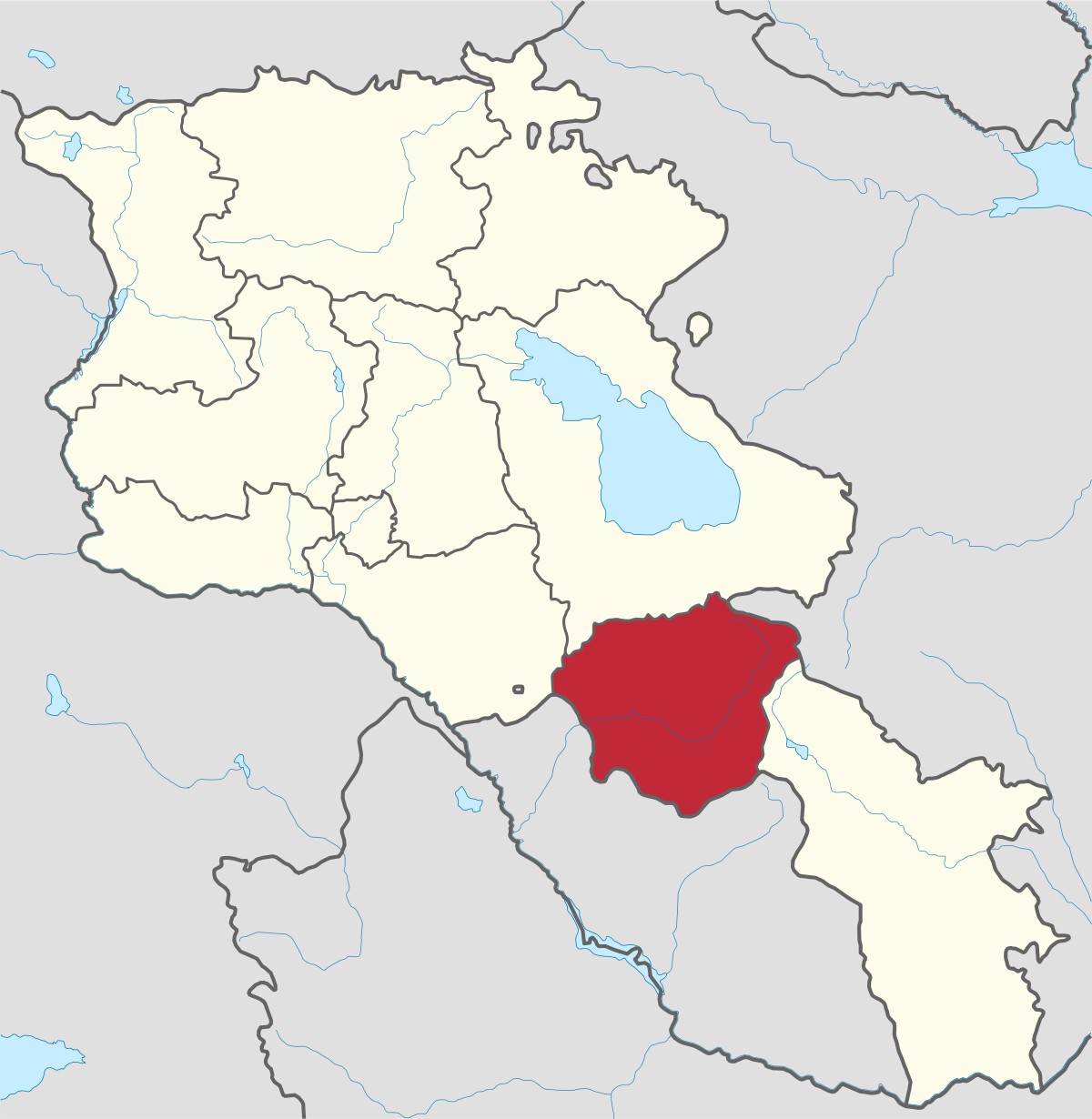
Vayots Dzor region is mainly a mountainous region at the southeastern end of the country, known with Jermuk Waterfall, Areni cave, Smbataberd...
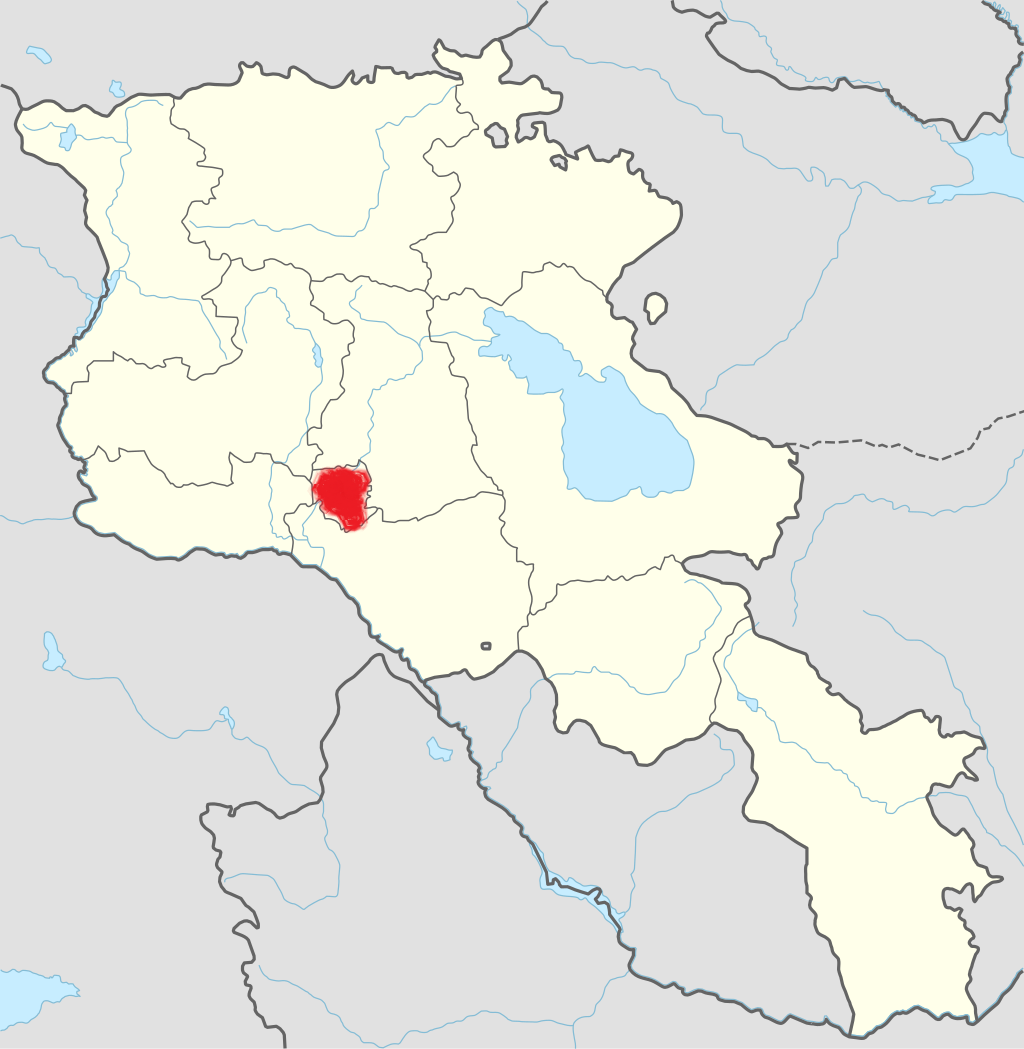
Yerevan city – 2800 years old. Yerevan is the capital of the Republic of Armenia with more than 1 million people. It is an amazing city with view...
800
149
1476
32